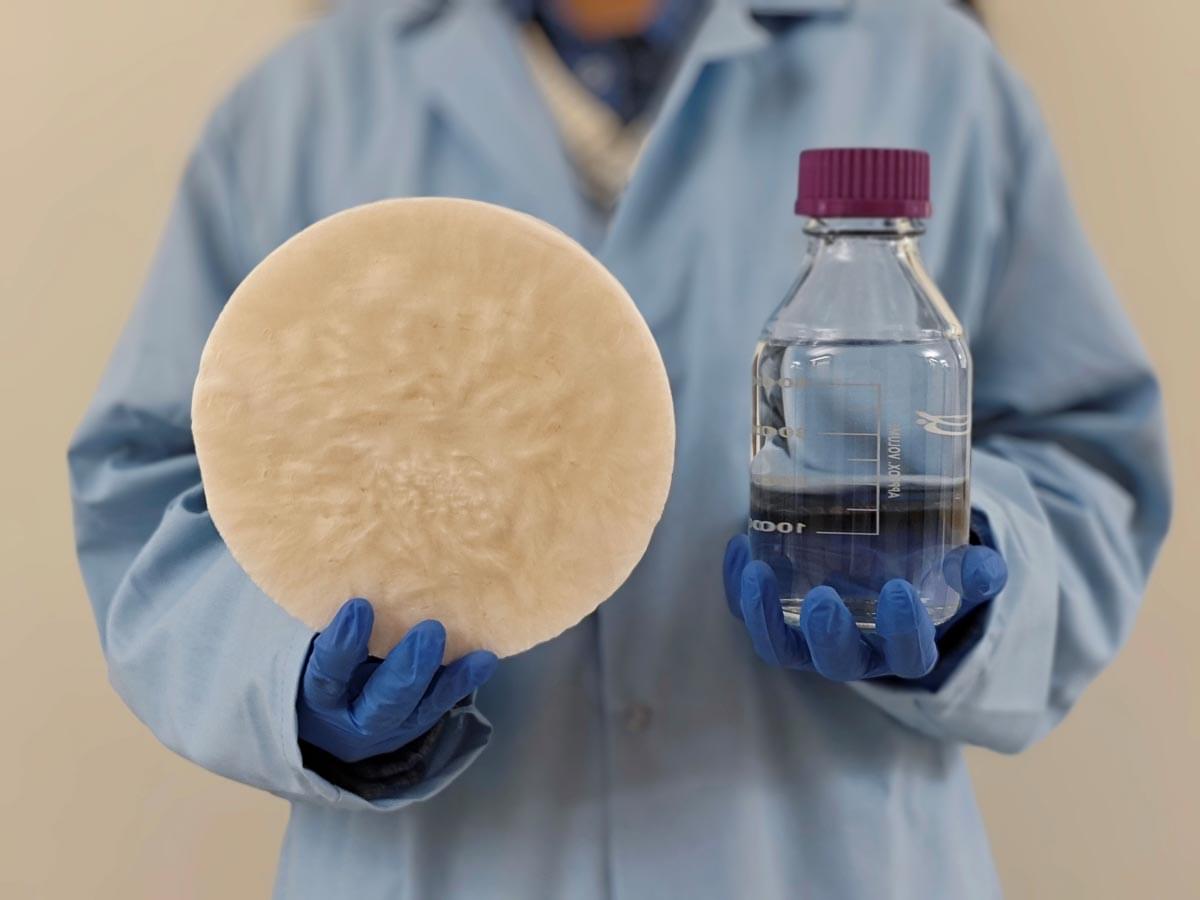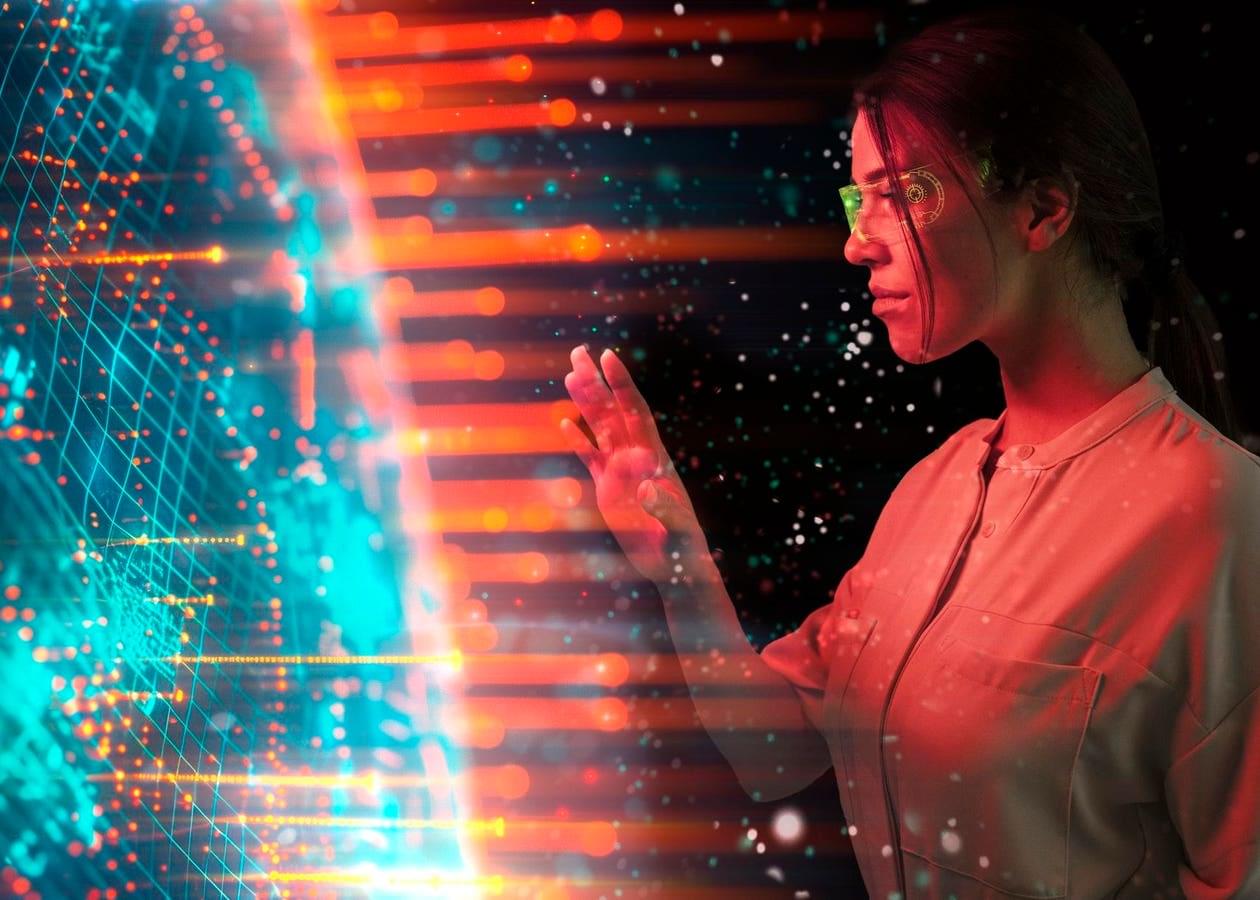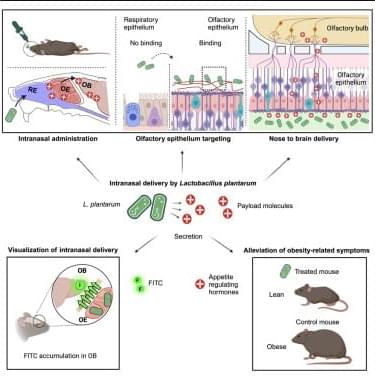I have always considered myself generally attuned to the nuances of sound and technology, but nothing in my training or experience as an audio engineer had prepared me for the experience that would challenge my understanding of mind-machine interaction, if not reality itself. During my five years of industry experience (in documentary postproduction) working with digital audio workstations, mixing consoles, and media servers, I occasionally noticed fleeting moments of uncanny synchrony between my thoughts and the technology around me — an inexplicable, almost telepathic rapport with the equipment.
One event stood apart from all others: a sudden, unshakable certainty that the entire production company’s server infrastructure was on the verge of catastrophic failure. There were no perceptible signs of this — no sluggishness in the UI or signal output, no glitches registering perceptually or in the manipulations of the hardware — it was just a gut feeling. Trusting this intuition, I meticulously backed up every project I was working on at the time. A couple days later, the crash hit — crippling the workflow of every suite in the company except mine. To a skeptic, this might be dismissed as coincidence or subconscious pattern recognition. But to me, it was phenomenologically undeniable: something beyond conventional cognition had occurred, something that demanded deeper inquiry.
The history of science is punctuated by phenomena that defy our prevailing paradigms. The phenomenon described here — a premonition of an impending media server collapse, acted upon with near-perfect timing — suggests an intimate, perhaps even psychic, relationship between the human mind and the technological milieu. While a materialist skeptic may argue that this experience is the product of unconscious pattern recognition or mere coincidence, such objections introduce unnecessary complexities, violating the principle of Occam’s Razor.






